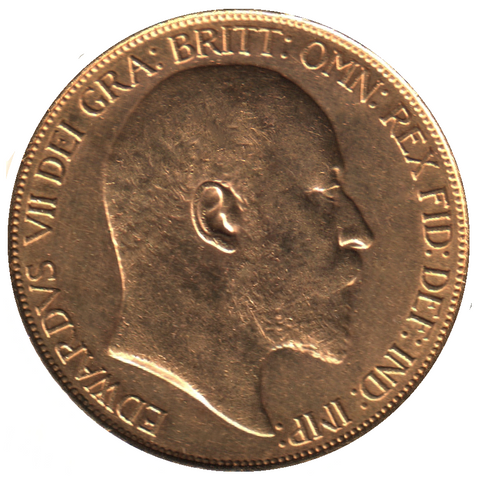Introduction, £2 and £5 Coins
Although there were earlier attempts at introducing £2 and £5 coins the modern introduction really only began in 1820 when the first proof pattern coins were struck. Both of these had Pistrucci’s famous St George reverse and were of the same design as the first sovereign introduced in 1817. These coins were struck in extremely low numbers and were not intended for circulation.
It was not until 1823 during the reign of George IV that the first £2 coin was issued for general circulation; the coin proved popular but was not issued again in this guise until late on in Queen Victoria’s reign.
1823 King George IV First issue currency Two pound coin (1821-1825)
 |
 |
S.3798 King George IV (Laureate Head) : 1823 currency £2 two pound coin.
The £2 coin was issued along with its £5 counterpart as part of a Proof Set for George IV’s coronation, an example of which can be seen at the head of this page. The £5 coin was not issued in any form during William IV’s reign; however a proof £2 coin did make a appearance in 1831 as part a coronation set.
 |
 |
S.3799 King George IV (Bare Head) : 1826 Proof £2 two pound coin.
Surprisingly it was the £5 coin that first reemerged again at the beginning of Queen Victoria’s reign, with the striking of several slightly differing proof versions. All had Una and the lion on the reverse and all are extremely rare with values of between £20,000 - £30,000 each, none of these were intended as coins for general circulation. Indeed it was not until 1887 that we first saw both coins issued as genuine circulation coins and were struck as part of new coinage for Queen Victoria’s Golden Jubilee.
 |
 |
S.3864 Queen Victoria (Jubilee Head) : 1887 currency £5 two pound coin.
The £5 piece was of the same design as the £2 coin shown above, and many examples of both coins still exist today, although it is becoming very difficult to find these above the grade of Very Fine. Although no more £2 and £5 coins were struck for general use until the introduction of Queen Victoria’s Veiled Head coinage in 1893, it was clear that these coins were finally starting to establish themselves within British coinage as a main stay. Similar coin were issued again in 1902 for King Edward VII,the main difference here being the proof version of the coins which were struck on matt surfaces rather than the highly polish flans seen in previous proof coins.
 |
 |
S.3967 King Edward VII (Bare Head) : 1902 currency £5 two pound coin.
Although £2 and £5 coins were now in general circulation there value was huge when compared to the average salary of the day, and most people of the time would probably not even of seen one, let alone possessed one of these coins. It’s probably for this reason along with the economic pressures of the time that these were only produced in 1911for George V and 1937 for George VI in proof versions only. 1914 is an important year in the history of British Gold coinage; it saw for the first time the value on a sovereign surpass its monetary value by its intrinsic value. This lead to the introduction of paper money and the withdrawal of Gold coins from every day use although they still remain legal tender today.
Subscribe to the Allgold Coins Newsletter
Be the first to hear about new releases. Pre-Order opportunities. Free Prize Draws
